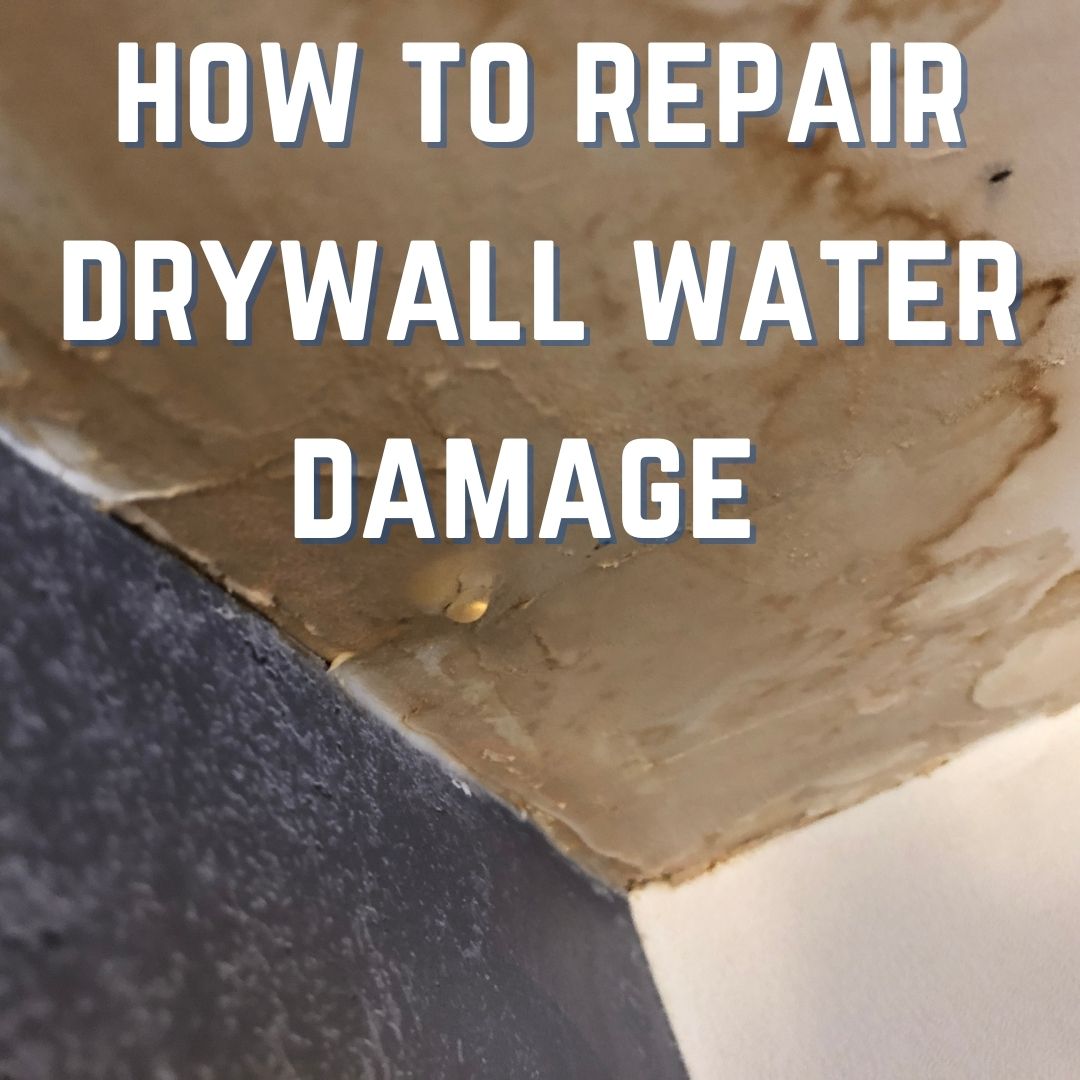Water damage is one of the most dreaded problems a homeowner can face. First, you have to worry about where the water damage came from and stop it immediately. After that, you may think to yourself, “can water-damaged drywall be repaired?” we are here to tell you yes, you can fix drywall water damage, thankfully. However, we recommend getting a professional for this task as they will be more experienced and have all the tools for a job well done. First, we should learn to check for water damage in your drywall.
- How to check for water damage in drywall
- Detecting water damage in drywall
- Best way to repair water damaged drywall
- Tips for basement drywall water damage
- Tips for bathroom drywall water damage
How to check for water damage in drywall
It will be obvious when you have water damage in your drywall most of the time. The ceilings or walls will have noticeable signs of moisture, such as sagging or water-dripping ceilings and stains that look similar to coffee stains. Leaving the water damage and not repairing the water-damaged drywall will result in mold growing in your drywall.
Leaks may come from many types of sources. The sources that first come to mind are bathrooms, kitchens, and the roof. If you haven’t checked these potential leak sources, check these first. If you cannot find the leak, you will need to remove the drywall and find the source.
Detecting water damage in drywall
After removing the piece of drywall damaged by water, check the area to see where the leak is coming from. Water can travel from one end of the house to the other with leaks, so you will want to investigate the area thoroughly.
Best way to repair water damaged drywall
Before removing the drywall that needs to be repaired:
- Make your workspace clear of obstacles.
- Place a tarp down to make clean-up easier for you at the end.
- Start the repair process by removing the water-damaged drywall with a claw side of a hammer or using a pry bar, then let the damaged area dry.
Installing new drywall with moisture still in the damaged spot would lead to mold growth. The best practice is to dry out the space within 48 hours.
Cut out a square or rectangle area of drywall using a jab saw. Once that is done, measure the length and width that the replacement piece needs to be. You will want your replacement piece to be at least 2 inches longer and wider. Then, using a utility knife, cut one inch for each side of the replacement drywall. Once you have your replacement piece of drywall, start installing the new piece. Here is what you’ll need
You can read our complete drywall repair guide to learn how to fix any size of drywall, but for this guide, we will assume you need to repair a four-inch or larger hole.
Once you have your replacement piece of drywall, use mud around the edges that were eliminated, then set up support with wood. Make sure the wood is at least 3/4-inch thick and 2 inches large. In the middle of the hole, location your support rod through the hole and inside the drywall and screw the assistance into place. Now it is time for a scrap of drywall.
Ensure there is at least a quarter of an inch of space between a scrap of drywall and the part of the wall that needs to be replaced. Next, tape a scrap of drywall with drywall tape, then screw the scrap into the wood support that was installed formerly. Apply a thin layer of your mud or spackle throughout the cavity to ensure you cover all joints. Once done, let it dry and sand accordingly. Lastly, prime then paint the repair work area.
Tips for basement drywall water damage
After repairing basement drywall water damage, a few more steps may be necessary to keep your basement clean. Dark and damp spaces are a favourite for many bugs, and a moisture-filled basement is a perfect space for their next home.
If you start to notice more bugs making their way into your basement, there are a few things you can do to deter them from making your basement their primary residence. First, use pesticides to keep the bugs out. Pesticides are a tried and true method of getting rid of bugs in your home. If pesticides don’t seem to be working, you can try a more natural solution.
There are three repellents you can try to keep the insects away from your home
1. Diatomaceous Earth
This is a type of dust you place in the corners of your basement and along joints between the floor and walls. Make sure to place it in a dry space so that it doesn’t mix in with any water or wet substance.
2. Natural Cedar
Cedar works as a natural repellent, but it is also a wonderful fragrance. Suspend cedar balls from overhead fixtures or place cedar blocks or chips in basement corners.
3. Peppermint Oil
The concentrated odor of peppermint makes an excellent insect deterrent. Create a mixture of peppermint oil with water in a spray bottle, and apply it to hard-to-reach areas. You can keep the mixture for a few days in your refrigerator if you need to use it again.
Tips for bathroom drywall water damage
Unlike regular drywall, bathrooms either use mold-resistant or moisture-resistant drywall and tiles to keep the water out of the drywall. Before removing the drywall, you will need to remove tiles with a putty knife as well as the trim. It would be best to decide whether you will replace the trim or reuse the old trim before removal.






